On 30 March, Tibor Bánóczki and Sarolta Szabó’s first feature film, White Plastic Sky, debuted in cinemas, presenting a post-apocalyptic Hungary a hundred years later. We asked Levente Sipos, the film’s Compositing Supervisor, about the animation work.
The story follows the year 2123, with people hiding under domes built around cities, trying to survive in a post-apocalyptic world. But that plastic protection lasts only 18,000 days as people can only live in their own bodies for 50 years. After that, they are obliged to surrender it to the government to serve as a host for a plant, which is the only source of survival for humans. Nóra (Zsófia Szamosi) does not want to use this time but would like to offer her body voluntarily earlier, however, her partner Stefan (Tamás Keresztes) refuses to accept this.
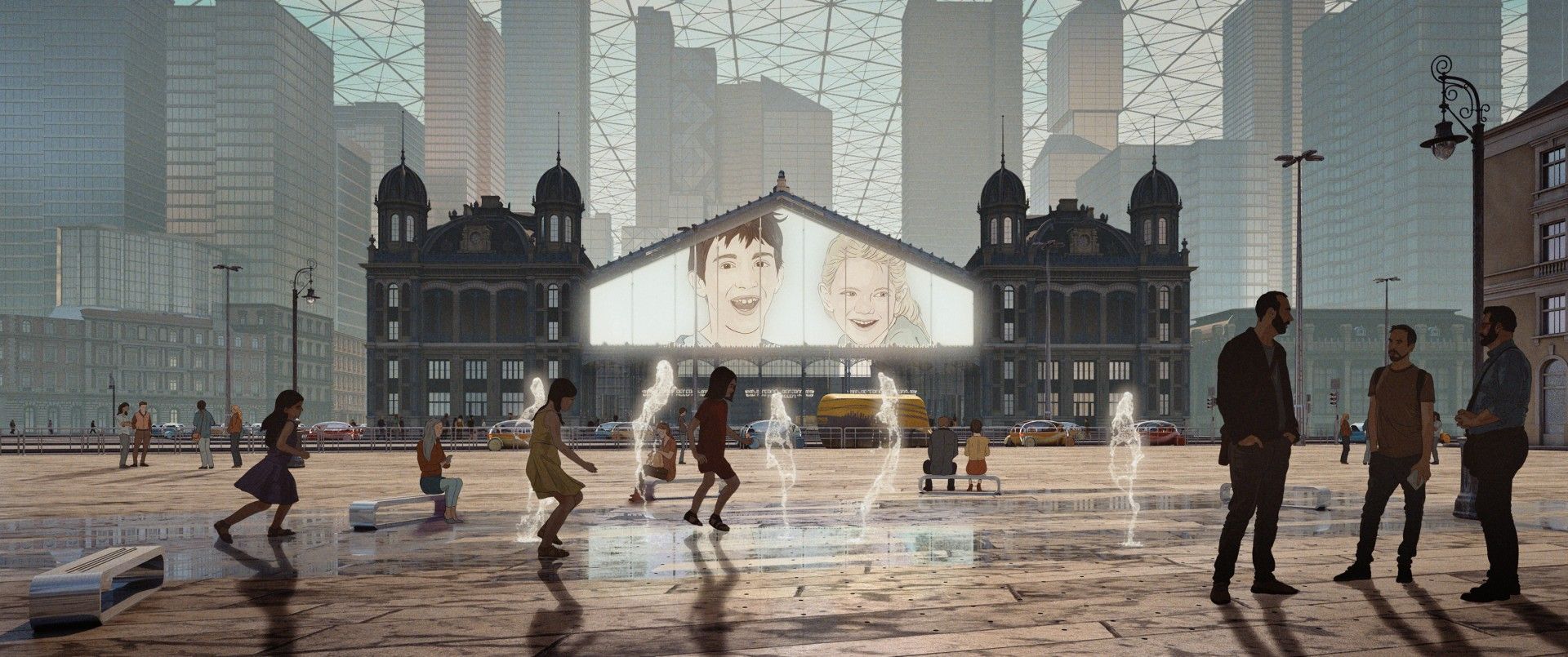

Levente Sipos, Senior Lecturer at the Media Design Institute of the Eszterházy Károly Catholic University, worked on the project for two years as Compositing Supervisor.
“An animated film usually consists of many parts, from different sources. There’s a background, there’s an environment, and there’s character animation, which can come from 2D or 3D sources, just like the environment. These are produced by various collaborators and many, many components have to be put together into a scene or a picture. A Compositing Supervisor both plans this process and figures out how to put these elements together. He also supervises the work of the other Compositors,” Levente explains. In addition, the Compositor himself often touches on the details, whether it’s shading or lighting, to bring the final scenes together.
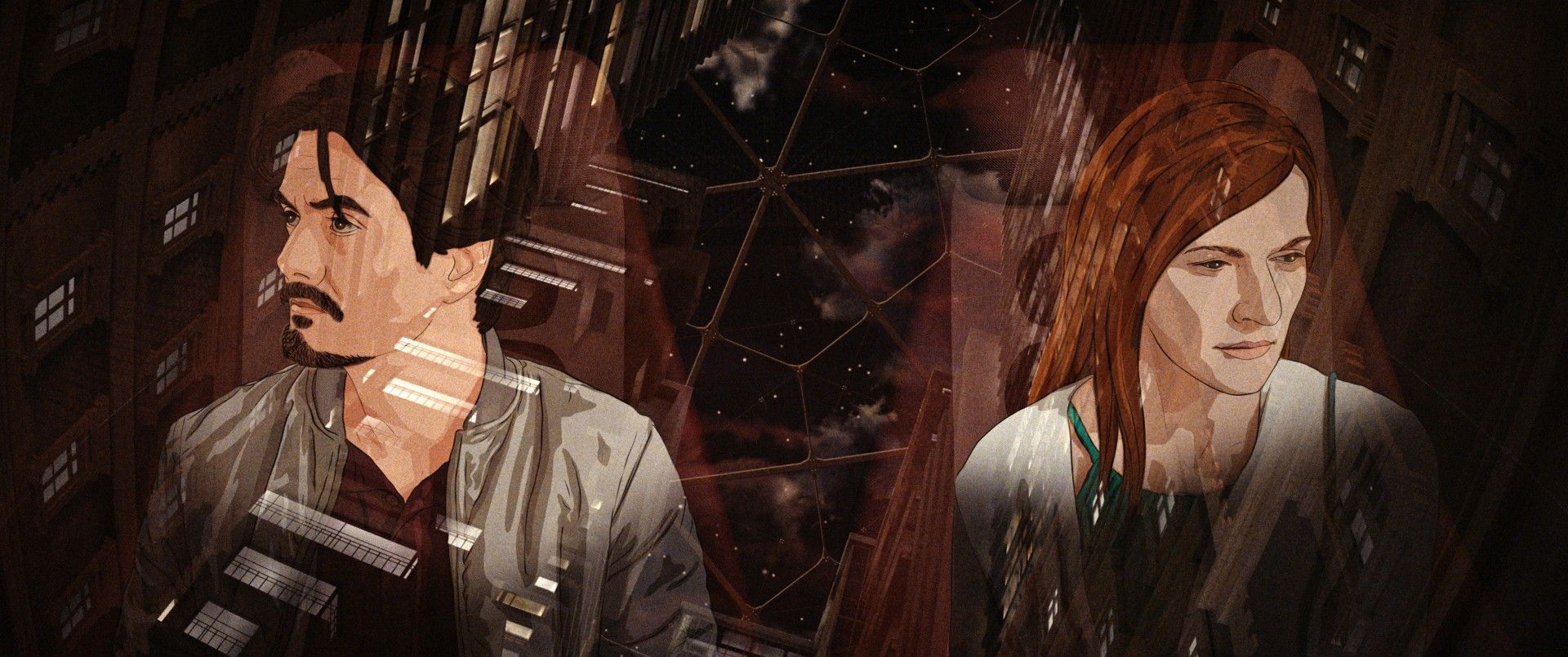
In the case of White Plastic Sky, these elements were the digitally rendered background, the 3D environment, and the 2D rotoscope character animations. The essence of rotoscope 2D animation is that the animated characters are created after live-action shots, with the actors being redrawn. There are several levels of this, depending on how realistically the characters are animated during the production process. One of the most famous examples of the more narrowly defined rotoscope—which is also seen in this film—is the 2006 animated film A Scanner Darkly, starring Keanu Reeves.
The Compositing Supervisor also has an essential role to play in creating the desired atmosphere. In the case of White Plastic Sky, to achieve the dystopian vibe, a completely run-down, dusty exterior had to be brought to life.
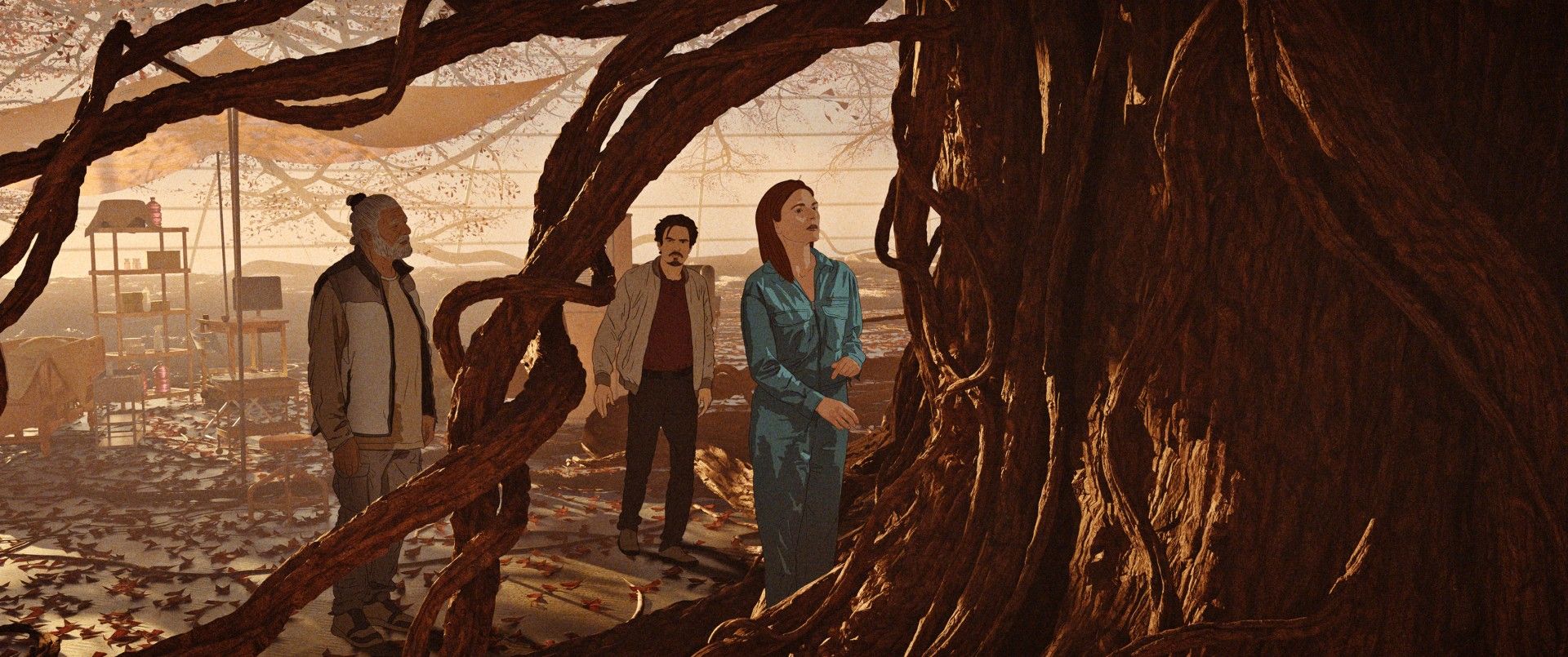
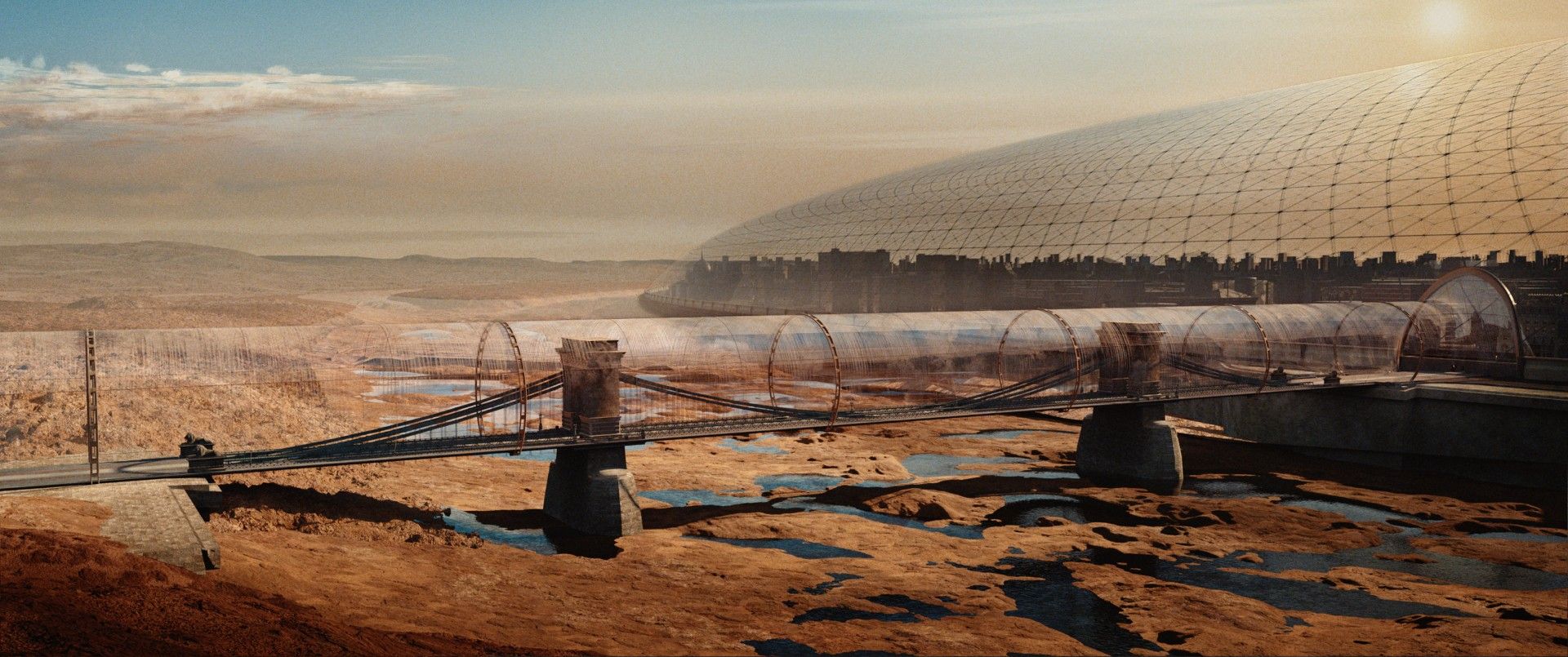
White Plastic Sky | Web | Facebook | IMDb
Source: berlinale.de

Food stories from India: introducing Why Cook
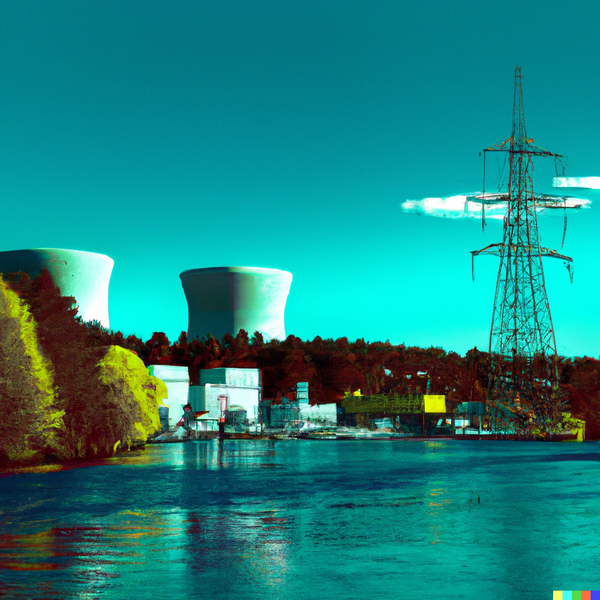
Could Poland banish coal with small modular nuclear reactors?










